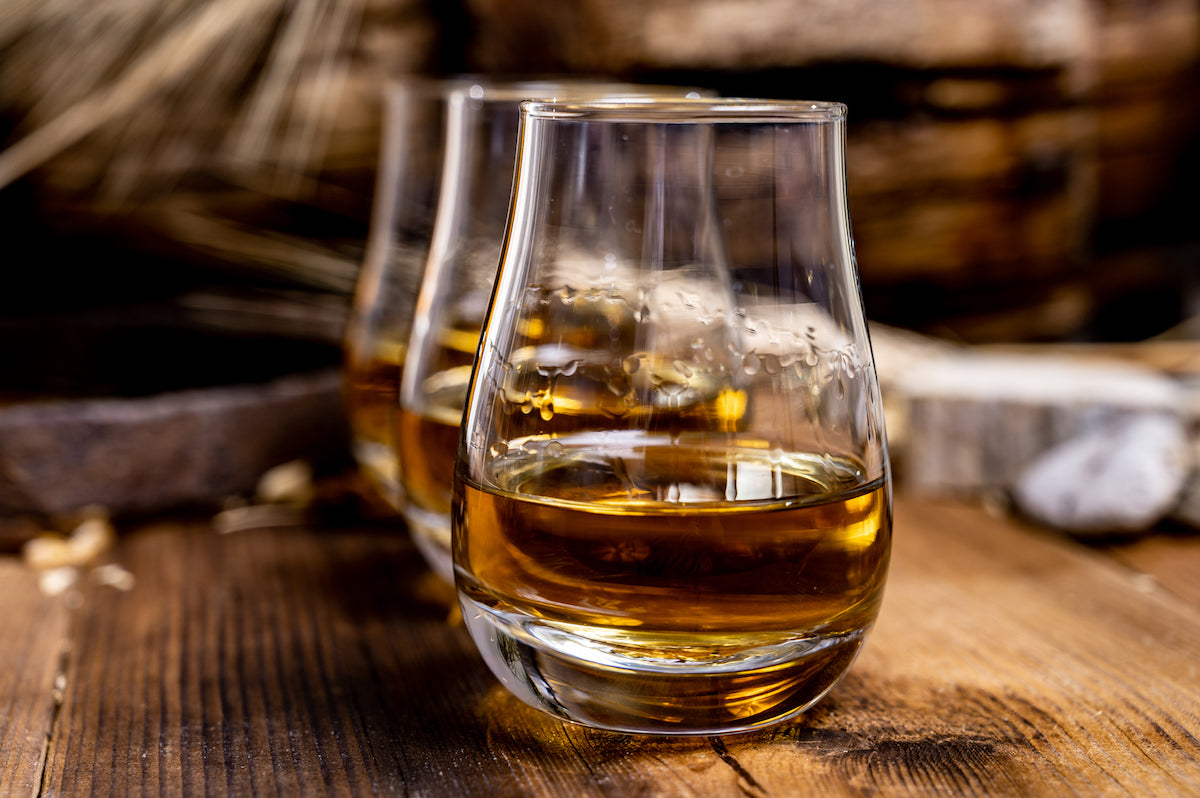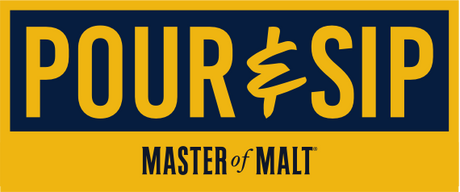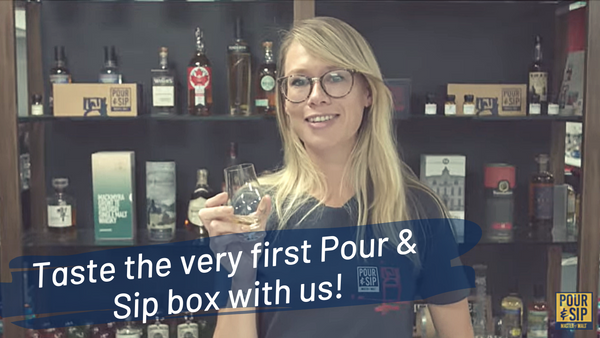Whisky vs. whiskey: what’s the difference?

It’s about time we addressed one of the most commonly asked questions surrounding the humble water of life. What on earth is the difference between whisky and whiskey?
If you joined me on P&S Digest last month when I took a longer look at grain whisky (particularly Irish grain whiskey), you’ll know I’ve brushed on this topic already. But it’s complex and full of history, so the question definitely deserves its own time in the spotlight!
I guess I'd better start with the bad news. When it really comes down to it, there’s no hard and fast rule as to when brands can or can’t include an ‘e’. The spelling doesn’t denote any change in production techniques of the whisk(e)y, only its geography (though where it’s made may of course determine a difference in production techniques…). And even then, some producers choose to buck the trend. The good news is that there are general, one-size-almost-fits-all preferences that you can remember. Scotch, Canadian, and Japanese brands drop the ‘e’, while American and Irish spirits add it into the name.
The very first spelling in history omitted the ‘e’, which was only added in later to differentiate different countries’ products from each other. In the simplest terms, it all comes down to marketing!
Let us begin in Scotland and Ireland back in the late 1800s, when ‘whisky’ was the accepted spelling. The booming Irish distilling industry accounted for around 70% of the world’s production at this point, and single malts were all the rage. Then column stills came into the picture, producing cheaper, lighter whisky from grains other than malted barley. Irish distillers shunned this new way of production, but Scotland embraced it with open arms, producing blends that rivalled the Irish product in not only flavour, but price, too. In the book The Truths About Whisky (published in 1879 without the ‘e’, it might be noted), Irish distillers claimed that this new product “cannot be whisky, and it ought not to be sold under that name”. But Scotland wasn’t going to change the name of its successful blends, so Irish distillers inserted the ‘e’ into ‘whiskey’ to distinguish themselves. Unfortunately for them, things took off for Scotch thanks to these new affordable blends, and the Irish whiskey industry began to fall apart – though the rule (generally) still stands.
It’s easy to think that the American distillers had little to do with the folks over in Ireland, though in fact the American spelling has largely been credited to a rush of Irish immigrants into the country – an estimated 4.5 million arrived in America between 1820 and 1930, and many of them started distilling. In the same way, Canada’s ties to Scotland determined its spelling without the ‘e’, with around a quarter of a million Scots making their way to Canada in the hundred years before 1900. The ‘founding father’ of Japanese whisky Masataka Taketsuru brought back much of his distilling knowledge from Scotland, so that explains the spelling there, too.
There are always exceptions to the rule to keep you on your toes, though. American brands like George Dickel, Old Forester, and Maker’s Mark go with ‘whisky’, the last of which does so as a nod to its Scottish ancestry. Likewise, to this day some Irish producers (such as Waterford) still use the older, traditional spelling of ‘whisky’ because they believe it reflects the classic traditional pot still spirit that reigned supreme before column stills infiltrated the market.
I hope that helps! Make sure you reach out on our social channels if you have any questions – we love to talk whisky with you.
Jess 🥃



